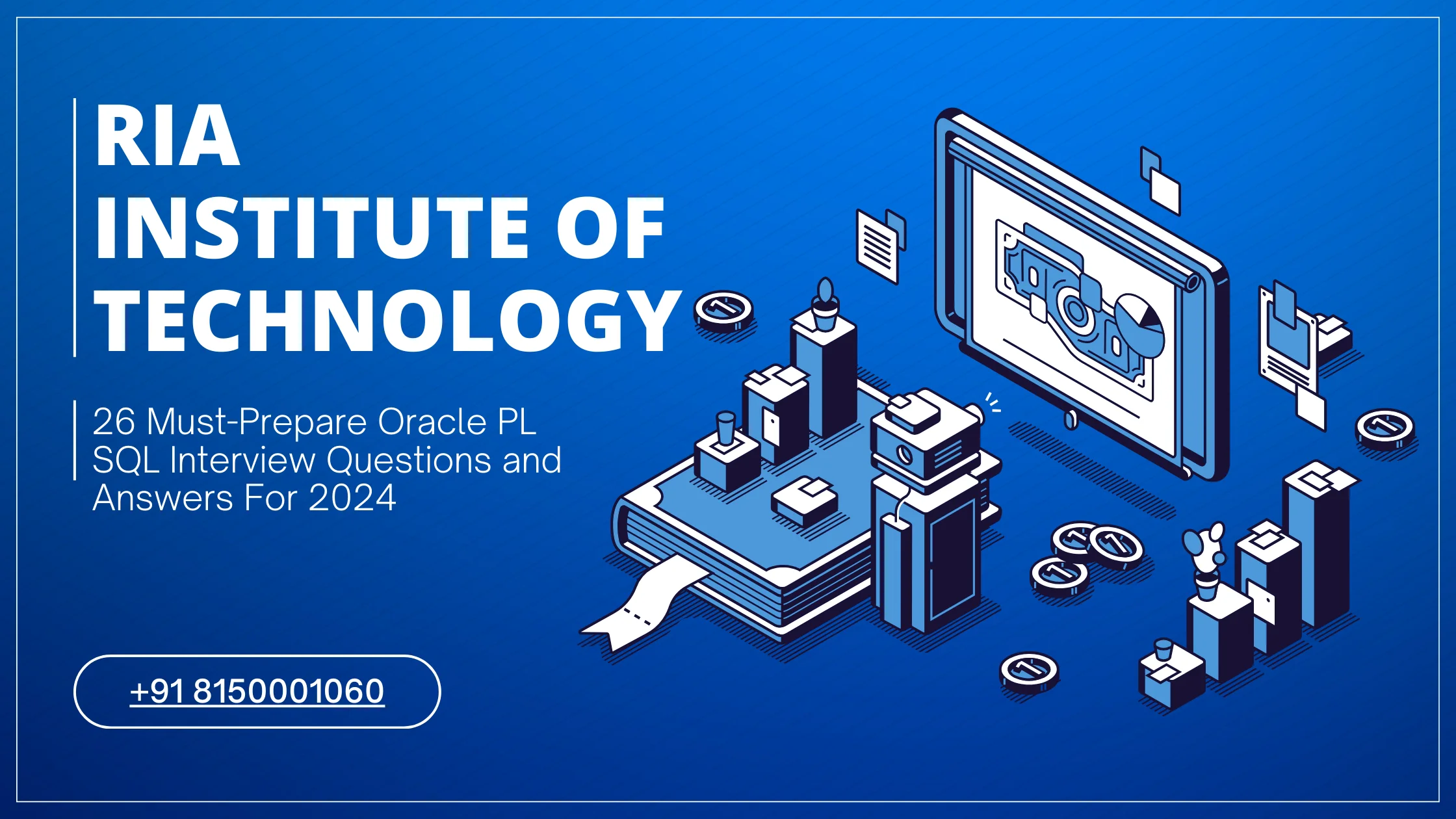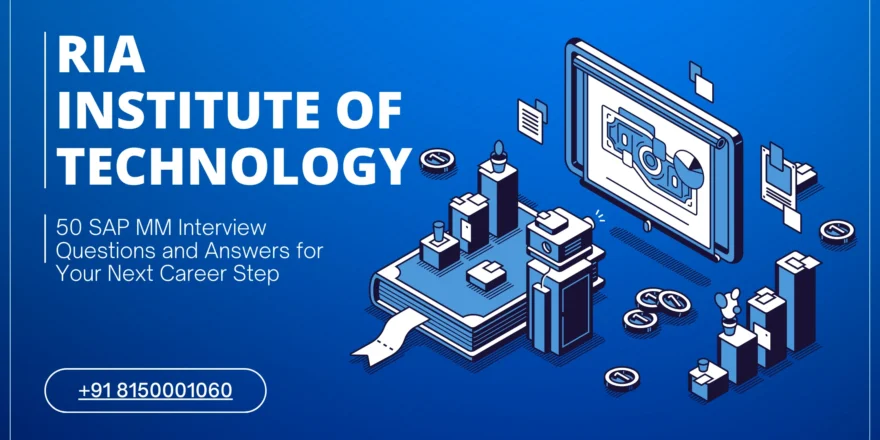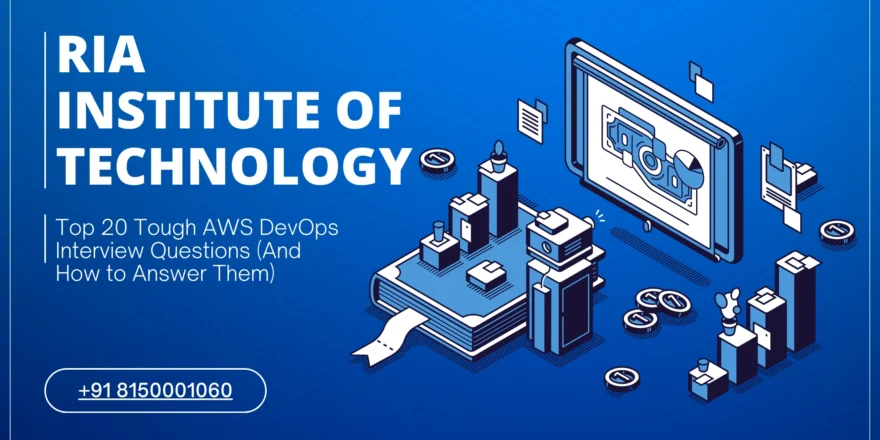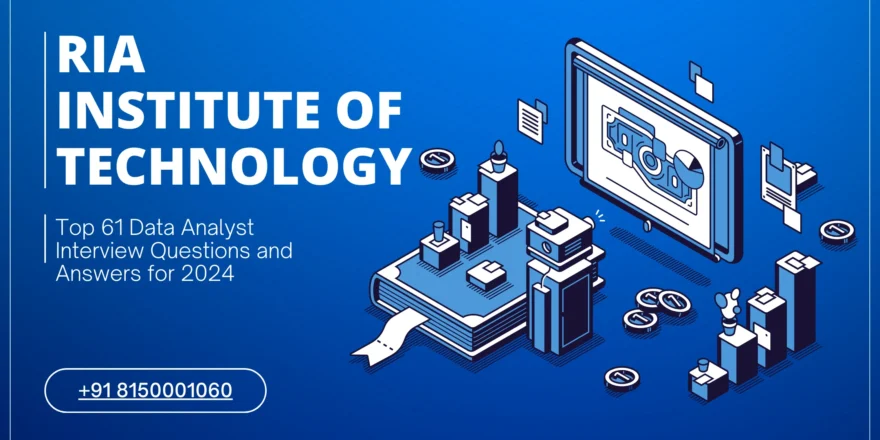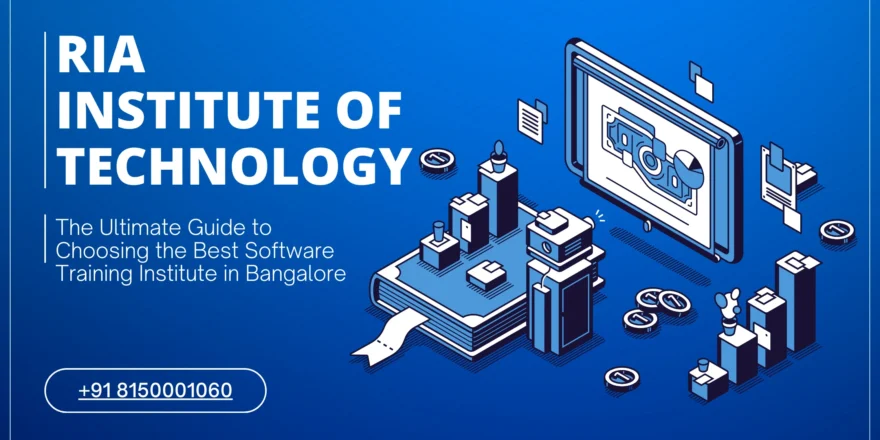Oracle PL/SQL Interview Questions: To be effective as a software engineer, developers must have a solid understanding of Oracle PL/SQL, an Oracle database procedural language for designing applications.
In this article, we will go over some of the most often asked interview questions and provide multiple-choice answers to help you prepare for any upcoming Oracle PL/SQL interviews, regardless of your level of development expertise.
Oracle PL/SQL test questions are necessary for designing database applications.
Several businesses use it to build and operate complex database systems, which are an essential component of the Oracle Database.
To be an excellent developer using Oracle PL/SQL technologies, you must have expert understanding of them; in this article, we will look at some sample interview questions with multiple-choice responses to practice.
You could demonstrate your Oracle PL/SQL skills during an upcoming interview!
Oracle PL/SQL is a vital tool for software developers who use Oracle database platforms, making this technology essential in software development professions.
Oracle PL SQL Developer Interview Questions for Experienced Candidates for software development opportunities should become familiar with this technology before conducting interviews for software development positions using this database platform.
Let’s get started.
1. What is Oracle PL SQL?
Oracle PL/SQL is used to create Oracle Database applications. Using SQL and PL syntax, developers may create complicated business logic, manage data, and integrate systems. Developers utilize Oracle PL/SQL to create database-driven or Oracle database-communicating apps.
2. In computer programming, what exactly is a three-tiered structure?
Three-tier architecture is an important tool for software developers to use in their projects, especially in Java, PHP and Python. This architecture enables developers to create a variety of applications, including desktop, online, mobile, and device apps.
3. Who are the two most typical types of project stakeholders?
There are two categories of project stakeholders: internal and external.
4. Could you explain the components of a three-tier architecture?
A three-tier architecture consists of three layers: business logic, display, and data.
5. What layers make up the three-tier architecture: presentation, business, logic, and data?
In a three-tier architecture, the presentation layer manages the graphical user interface, the business logical layer handles the application’s business logic, and the data layer handles data storage, processing, manipulation, and retrieval.
6. How do you go about designing forms with user interface technologies?
HTML, JavaScript, jQuery, Bootstrap, Angular, and React are popular user interface technologies for creating forms such as registration, login, view, and password-changing.
7. Why is there a sign-up form on Facebook?
A Facebook registration form collects end users’ information, including usernames and passwords, and allows them to create their own identities and passwords. The form also has features like text-to-boxes, drop-down lists, radio buttons, and buttons.
8. How are Facebook signup forms used on different websites?
A Facebook registration form is frequently used on many websites to allow people to set up their own Facebook profiles. The form is intended to capture users’ information, including usernames and passwords, and to allow them to create their own Facebook accounts.
The form also has features like text-to-boxes, drop-down lists, radio buttons, and buttons.
9. Where can I get a website registration form?
A registration form is an important component of a website because it allows users to access the necessary services. To submit the form, users must first create a user ID and password, then enter their mobile number or email address and click the sign up button.
10. How does a registration form work?
The submitted action in a registration form is the event that occurs when a user hits the sign-up button, which necessitates the creation of business logic code.
11. What does a registration form look like after the initial layer of coding?
The second layer of code in a registration form consists of developing business logic code in programming languages such as Java, Python, or PHP. This code is used by both the user and the developer to report information about the form and the user.
12. Please tell me about the registration form’s third layer of code.
The third layer of code in a registration form is responsible for storing the data successfully in the front-end application. If there is no data, it is deleted. If the program contains no data, it will be destroyed at the question mark, which also destroys the data of the front-end user.
13. Where does a registration form obtain its information?
The data basis in a registration form refers to the data kept in a specified location by an application, which is required for constructing websites utilizing various technologies such as SQL Server, MySQL, DBA, PostgreSQL, and MongoDB.
14. Can you tell me about the two most popular types of registration form applications?
A registration form includes two sorts of applications: front-end and back-end. Front-end apps are used for presenting, designing levels, devices, and scripting, whereas back-end applications store data.
15. How does a registration form implement a three-tier architecture?
For project development, a three-tier architecture is used, consisting of front-end, back-end, and registration forms. The information in these forms is saved in a database, which might be a front-end or back-end form. Backend engineers create data based on the information in the registration form.
16. What columns should a registration table have?
To finish a registration table, you must add columns for each data type. The registration table includes six columns: first name, date, mobile number, password, data per, and gender. The user’s information is kept in a distinct table, with each column having relevant data.
17. Tell me about Oracle’s three-tiered data management system.
Oracle’s three-layer data management architecture starts with the first layer, the first layer presentation, then the sign-up for the second layer logical quote, and finally the third layer data. This layer is critical for building online projects, particularly apps.
18. Tell me about the two main types of database items.
A database has two categories of objects: joints, procedures, functions, triggers, packages, and roles. Databases are used for data management, with security mechanisms in place to assure user access and permissions.
19. What use do roles serve in real-time projects?
Data management is handled by roles in real-time projects. They are used to provide people access to only the info they require.
20. What distinguishes front-end and back-end applications?
Understanding the distinction between front-end and back-end applications is critical when creating online projects. Back-in apps teach users how to construct tables, create databases, update and delete data, and modify it. They also learn how to retrieve, insert, write, and read data. Front end apps are used to create presentations, levels, and devices, as well as to develop code.
21. Describe the two types of database positions.
There are two types of database positions: database developer and database administrator. Database developers create and maintain databases, whereas administrators manage them.
22. Where can I find employment opportunities for database professionals?
Many businesses hire database professionals, including international corporations such as TCS, Cap Germany, Essential, Wipro, Infosys, and Microsoft.
23. Can you explain how static SCL differs from dynamic SCL?
SCL and dynamic SCL are two separate technologies. Developers must understand any operating system, such as Windows or Linux. Companies value Oracle and Line X knowledge, making it more appealing to students with strong understanding. Dynamic SCL is an improved version of SCL that includes Oracle PLSQL and Dynamic SCL.
24. To what extent may data developers choose between different specialisations?
Data developers can specialise in a variety of areas, including Oracle, SQL, and dynamic SQL. Some students may specialize on one subject, such as Oracle or SQL. Other choices include information combinations, developed combinations, and client combinations. Specialisations come in a variety of forms, such as tabula sites and tabula plus.
25. What are the responsibilities of administrators in a company?
Administrators play specialized roles in the organization, such as establishing servers, modifying user permissions and passwords, and overseeing data operations. They also handle data exporting, importing, performance, and the creation of new data bases.
26. Explain normalisation and why it is important in data design and communication.
Normalization organizes data in a database to reduce redundancy and improve data integrity. Normalization is vital in data design and communication language, with a particular emphasis on data design and face. The language used in normalization encompasses the entire language and software utilized during the year.
When hiring software specialists, it’s vital to prepare for Oracle PL/SQL interview questions.
To ace the interview and demonstrate your ability, become familiar with the types of questions that may be asked, such as multiple-choice questions, open-ended questions, and coding challenges.
Always answer respectfully, deliberately, and honestly; study everything you can about this technology ahead, and do everything you can to be prepared whenever the time comes. With proper preparation, success is possible. Obtain your desired job during this job interview!
Preparing for Oracle PL SQL interview questions and answers is an important part of recruiting software experts since these questions assess a candidate’s knowledge of database application development best practices, code efficiency, and understanding of Oracle PL/SQL.
Interviewers employ multiple-choice questions (MCQs) to swiftly analyze each candidate’s responses and identify those with the necessary skills for this post.
You can improve your chances of passing an Oracle PL/SQL interview by researching all relevant technologies and implementing the advice and strategies found on this site prior to your interview date – do your homework on this language or any appropriate technologies before sitting down with the interviewer on the big day!
Good luck!

